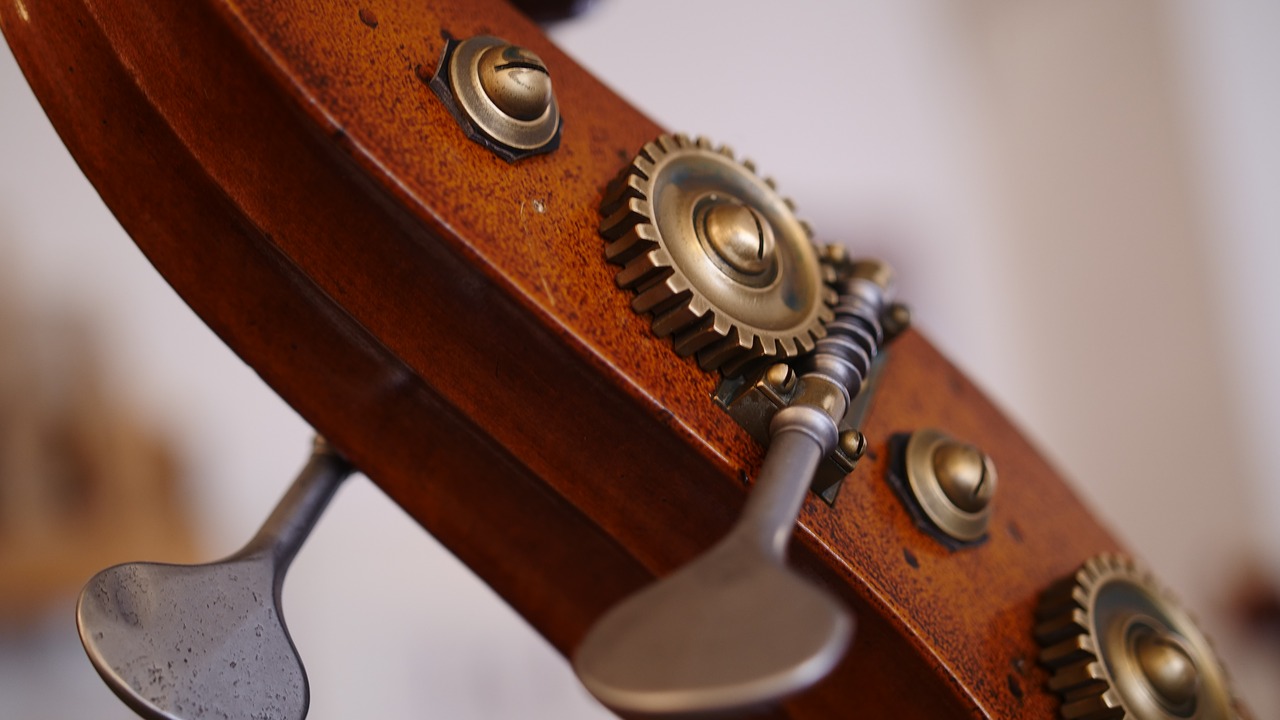
4 Ideas to Improve Intonation Problems
In this post we will discuss four ways to practice intonation and develop more accurate pitch recognition in your students, ensemble, or personal playing. As a string player, solid intonation – or accuracy of pitch – is something that must be developed and is an ongoing area of development and practice no matter the experience level of the player. The ear has to recognize when a pitch is being played out of tune and adjust accordingly. As a string player, you either have to move the placement of your finger toward the scroll (lower) or toward the bridge (higher).
I have found that many of my middle school students do not hear when they are out of tune and are also not sure how to fix the out of tune note. As educators, it is our job to help them develop their ear, recognition of pitch, and ability to adjust their pitch on their own, in the moment. The method and means for helping students or yourself develop more solid intonation will vary, but listed in this post are four ideas that have proven helpful over the years.
1) Playing to a drone
A drone is a sustained tone or note. Working on intonation with a drone is an extremely powerful way of developing the ear and gaining more confidence and accuracy of pitch. I have used drones in small group lessons, large group rehearsals, one-on-one lessons, and my own practice.
If you have a pitch generator, such as a Doctor Beat or similar device, you can start by setting the generator to whatever tonal center you desire. The idea is to measure each note, whether it is a scale or musical excerpt, against the drone – making sure each note is exactly in tune and if it isn’t, adjusting accordingly. This method of practicing intonation really connects you to each note and measures each note against the sustained tone. When a note is not totally locked in, you can feel it.
It is best to practice very slowly and stay on each note of the scale or musical passage until every note is totally in tune. This method of practice will help to build confidence in where your students should place their fingers. If you are in a small group lesson situation, rehearsal, or one-on-one lesson and you don’t have a pitch generator, you can split the group in half so that one group or person plays the sustained note and the other group or person works on intonation. You can then switch the groups or roles.
2) “Did that sound like what I played?”
Another method I use with students in my classroom is I play a short excerpt or phrase, two or three notes long, and have them repeat what I played. I have students echo what I play. If the student echos and doesn’t perform with accurate pitch I will ask them the question, “did that sound like what I just played?” I will then ask, “which note (or notes) didn’t sound exactly like mine?” This helps them to hone in on the specific note that was not in tune.
I tell them to focus on the note that was out of tune and really try to hear it and adjust it. If the problem isn’t corrected, we will spend some time working on the specific note that isn’t quite locked in. Working on intonation with students can be frustrating therefore it is important to be positive, encouraging, and assess their morale.
3) Move your finger up or down
Another method is to work on matching one pitch note at a time. This works best when working with one student at a time. For example, I will play a single note, such as an F#, and tell the student to move their finger lower in pitch (toward the scroll) or higher in pitch (toward the bridge) until they make their note sound exactly like mine. Once the student has located the note, I will have them play the note and match it to mine as accurately as possible.
4) Singing
Sometimes it may be difficult to get students to sing who are self-conscious about their voice, but singing can be a powerful way of connecting the body to the scale or passage being practiced.
One idea is to have student’s play a short melodic phrase, then sing it, and then play it on their instrument again. This idea is to help the students get the melody in their ear and internalize what they are playing.
Another idea is to sing against a drone. Connecting and measuring the voice against a drone creates a strong sense of pitch and helps you to feel and hear the relationship of the drone to the note you are singing. I have used this method and sung scales, melodies, and intervals against a drone to really get a sense of what they sound and feel like.
Solid intonation is a life long pursuit. It isn’t that the great masters of music never play out of tune, but that they are able to adjust quickly and fix their error. Hopefully these ideas will help you and your students develop even better intonation.
What methods do you use for working on intonation? What has helped you or your students play with more accurate pitch?